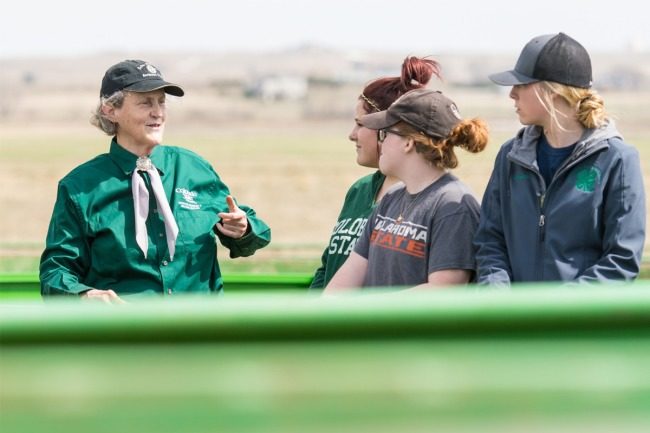The US Department of Agriculture’s Food Safety and Inspection Service recently published a new directive titled “Humane Handling and Slaughter of Livestock-6900.2 Revision 3.” In this directive, legislators clarified the definition of egregious inhumane treatment. The directive states that “an egregious situation is an act or condition that results in severe harm to animals.” The directive provides examples. Some of them are very clear and are consistent with the guidelines endorsed by the North American Meat Institute (NAMI) and others in the industry, including:
-
Making cuts or skinning conscious animals;
- Dismembering conscious animals (for example, cutting off ears or removing feet);
- Excessive beating or prodding animals and dragging conscious animals;
- Driving animals off semi-trailers without unloading facilities and allowing them to fall to the ground (this would apply to farm trucks and pick-up trucks but not to low-stock trailers).
Below are the new definitions for egregious inhumane treatment during stunning:
- Stunning of animals and then allowing them to return to consciousness. Both the NAMI guidelines and scientific research clearly shows that there is a transition zone between fully conscious and brain dead and unconscious. If an animal is re-stunned when it is still in the transition zone, the plant would have avoided committing an egregious act.
- Failing to immediately (or promptly) render an animal unconscious after a failed initial attempt (e.g. no planned corrective action). My interpretation of this is if a second stun was immediately applied and it was effective, the plant would have avoided an egregious act. A plant that has an effective corrective action would have a well-maintained cartridge fired stunner located where the operator could quickly grab it and administer a second shot.
- Multiple ineffective stun attempts (two or more) that are due to one or more of the following establishments failure to properly handle and stun an animal. The directive lists five establishment failures ranging from untrained operators, poor restraint and inadequate stunning equipment. My interpretation of this is a third stunning attempt is likely to be egregious. In Canada, a failed second shot when euthanizing feedlot cattle is a welfare audit failure. Managers need to keep the stunning equipment well maintained so the second shot will be effective.
- Below are two additional definitions of egregious situations:
- Leaving disabled livestock exposed to adverse climate conditions;
- Causing unnecessary pain and suffering to animals including situations in trucks.
This definition of egregious is vague and similar to many European guidelines.
In Directive G100.1 Revision 3, USDA/FSIS there are some revisions on the slaughter of cattle that have passed ante-mortem inspection and they go down due to getting trapped or jammed in a chute or restrainer leading to the stunner. These animals can be passed for inspection and will not have to be sent to rendering because they slipped on the floor.
Cattle that become non-ambulatory in the yards or on trucks are not permitted for use in food as a precaution against bovine spongiform encephalopathy. Plant management should correct problems with equipment that may cause animals to become entrapped.
Both of these directives provide clearer guidance. They may lead to better humane treatment because the new guidance provides some flexibility of using a second shot. Attempting to never perform a second shot will result in more animals returning to full consciousness because a second will not be applied.


